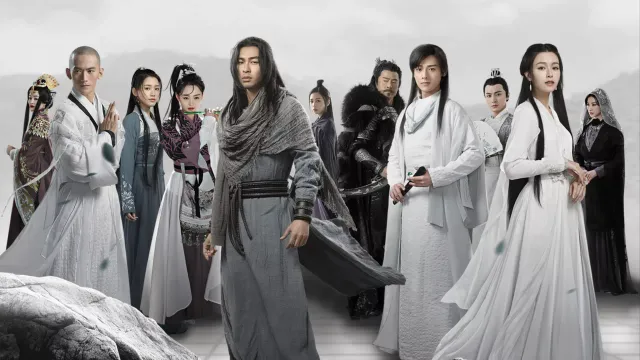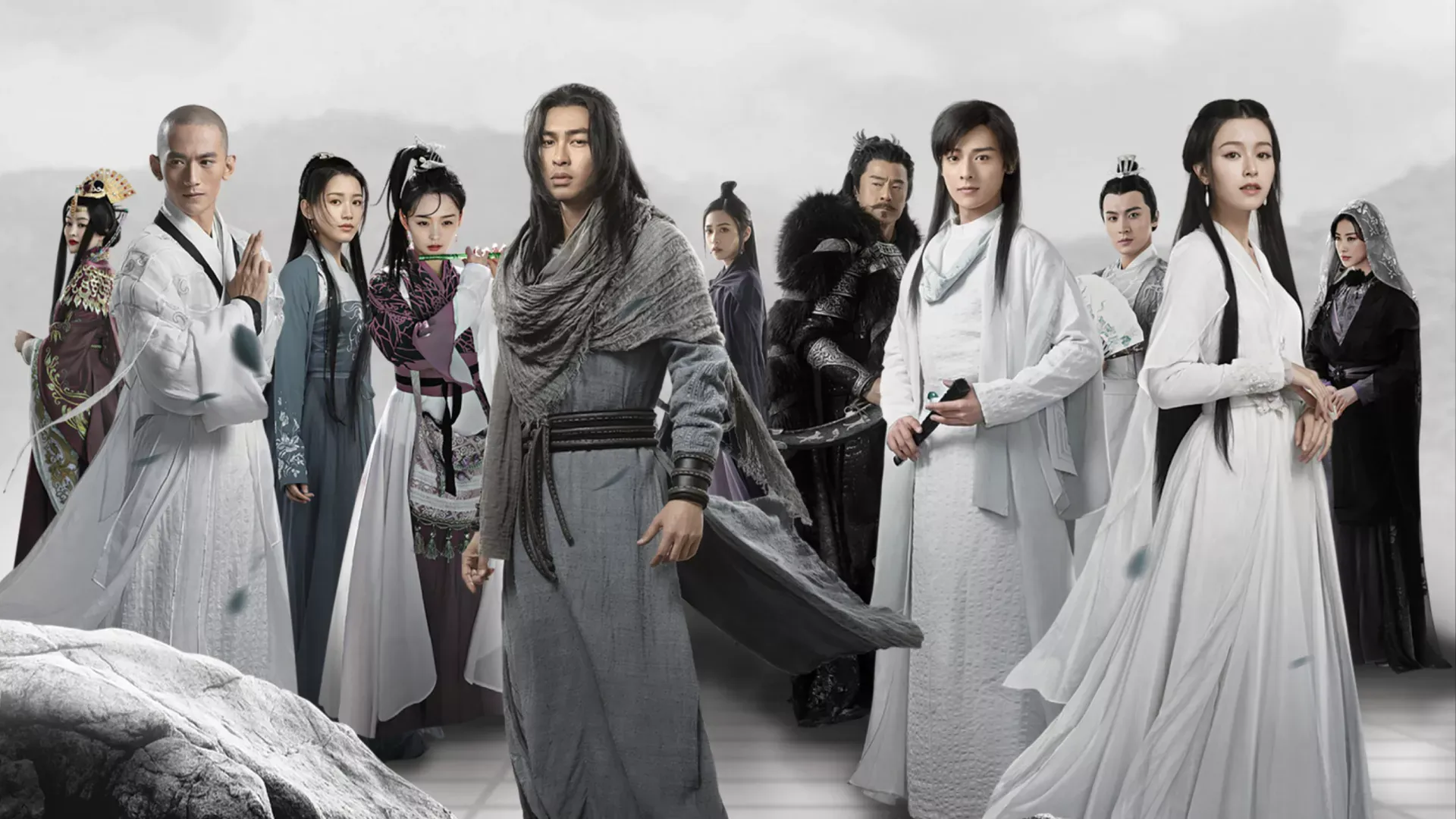Song Dynasty (simplified: 宋朝, traditional: 宋朝, pinyin: Sòng Cháo) was a Han Chinese dynasty that ruled China from 960 to 1279 CE, making it one of the longest-lasting dynasties in Chinese history. The dynasty is traditionally divided into two periods: the Northern Song Dynasty (960-1127) and the Southern Song Dynasty (1127-1279), separated by the Jin conquest that forced the Song court to relocate south.
The Song Dynasty represents one of the most culturally and economically prosperous periods in Chinese history, characterized by remarkable achievements in technology, literature, philosophy, and the arts. The dynasty’s sophisticated bureaucratic system, based on Confucian principles and civil service examinations, created a stable government that endured for over three centuries despite constant military pressures from nomadic neighbors.
Overview
The Song Dynasty was a Han Chinese dynasty that ruled China from 960 to 1279 CE, making it one of the longest-lasting dynasties in Chinese history. The dynasty is traditionally divided into two periods: the Northern Song Dynasty (960-1127) and the Southern Song Dynasty (1127-1279), separated by the Jin conquest that forced the Song court to relocate south.
The Song Dynasty represents one of the most culturally and economically prosperous periods in Chinese history, characterized by remarkable achievements in technology, literature, philosophy, and the arts. The dynasty’s sophisticated bureaucratic system, based on Confucian principles and civil service examinations, created a stable government that endured for over three centuries despite constant military pressures from nomadic neighbors.
The Song government maintained intricate relationships with the martial arts world:
Official Recognition:
- The Beggars’ Guild held semi-official status as the largest martial arts organisation
- The Shaolin Order enjoyed imperial respect and patronage
- Orthodox schools received government recognition and occasional support
Unofficial Networks:
- Secret intelligence gathering through martial arts contacts
- Border defense cooperation with regional martial artists
- Complex loyalties between ethnic Han and minority martial artists
Martial arts abilities
The Song Dynasty period saw the flourishing of martial arts traditions, with the government maintaining complex relationships with various martial arts organizations. The dynasty’s relationship with the martial arts world was characterized by both cooperation and tension, as martial artists played crucial roles in national defense while also maintaining their independence from direct government control.
During the Northern Song era, martial arts flourished under relative stability, while the Southern Song period saw martial artists becoming increasingly important for national defense against foreign invaders.
History
Northern Song Era (960-1127)
During the Northern Song Dynasty period, the empire faced its greatest challenges from nomadic neighbors while martial arts flourished under relative stability. The government’s relationship with ethnic minorities in the jianghu became a central theme, particularly regarding the loyalty of non-Han martial artists.
Southern Song Era (1127-1279)
The Southern Song Dynasty period was a government under siege, increasingly reliant on martial artists for national defense. This period saw the greatest integration of jianghu and political affairs, with martial artists like Guo Jing becoming key figures in national resistance.
Transition to Yuan Rule
The eventual fall to the Yuan Dynasty represented not just political change but a fundamental shift in the martial arts world, as Han Chinese martial artists had to navigate loyalty to their culture versus accommodation with foreign rule.
Members
Notable Emperors
- Emperor Taizu of Song (960-976) - Founder of the dynasty
- Emperor Taizong of Song (976-997) - Consolidated Song rule
- Emperor Zhenzong of Song (997-1022) - Northern Song period
- Emperor Huizong of Song (1100-1125) - Last Northern Song emperor
- Emperor Gaozong of Song (1127-1162) - First Southern Song emperor
Government Officials
- Various ministers and officials who maintained relationships with martial arts organizations
Martial arts abilities Connections
- The dynasty maintained complex relationships with martial arts organizations
- Martial artists served in various capacities, from intelligence gathering to border defense
- The government relied on martial arts organizations to maintain order and gather intelligence across the vast empire
Behind the scenes
The Song Dynasty in Jin Yong’s novels represents a period of cultural flourishing and martial arts development. The dynasty’s sophisticated bureaucratic system and cultural achievements provide a backdrop for the complex relationships between government and martial arts organizations.
The dynasty’s eventual fall to foreign invaders serves as a recurring theme in Jin Yong’s works, highlighting the tension between cultural preservation and political survival. The Song Dynasty’s relationship with martial artists reflects broader themes about loyalty, cultural identity, and the role of martial arts in society.
See also
- Northern Song Dynasty - First period of Song rule (960-1127)
- Southern Song Dynasty - Second period of Song rule (1127-1279)
- Yuan Dynasty - Mongol dynasty that succeeded the Song
- Jin Empire - Jurchen dynasty that conquered northern China
- Liao Dynasty - Khitan dynasty that pressured the Northern Song
- Jin Yong factions - Complete list of political entities in Jin Yong’s novels
External links
- Song Dynasty on Wikipedia
- Song dynasty (Chinese) on Chinese Wikipedia

